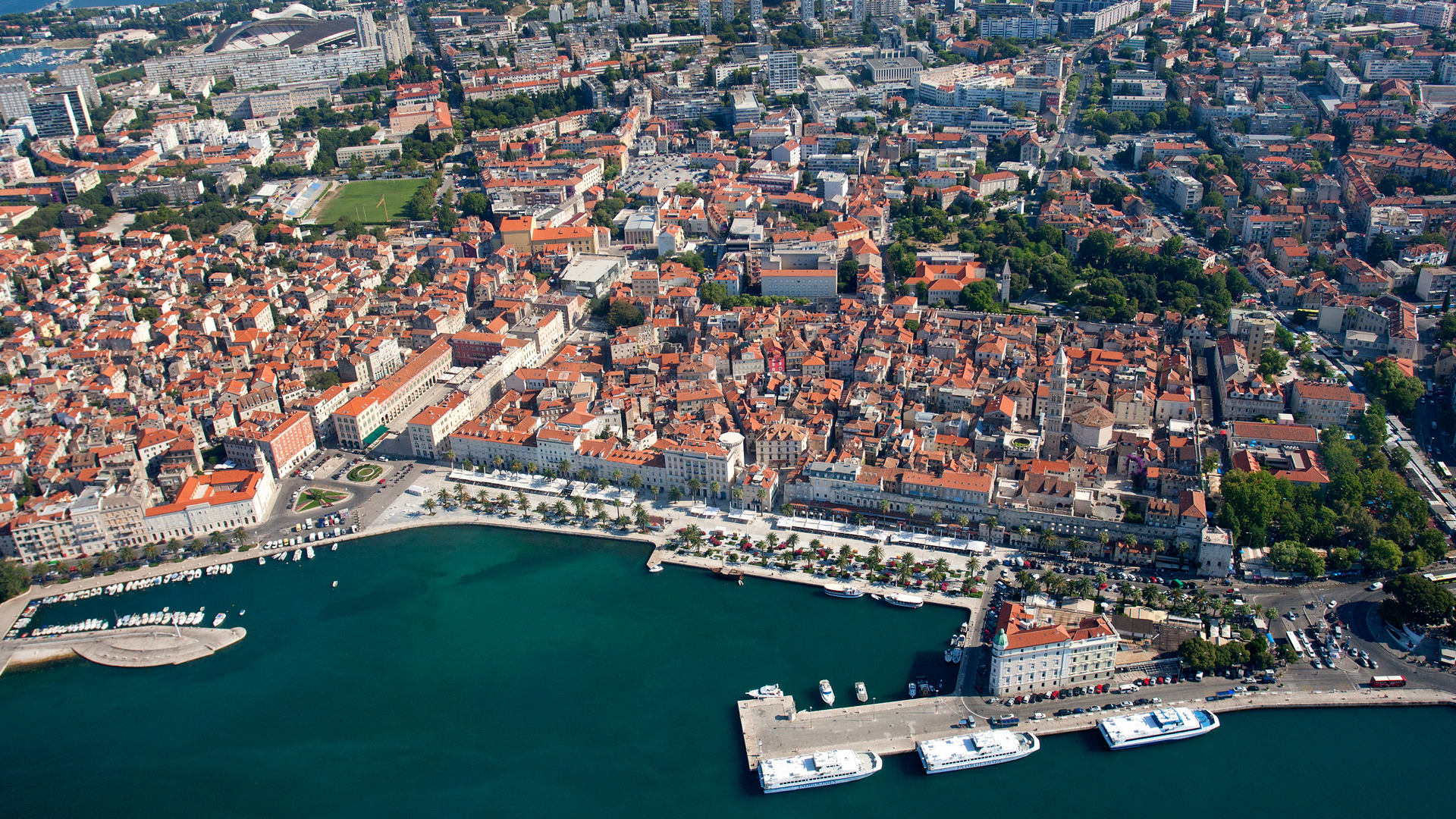
Diocletian spared no expense, importing marble from Italy and Greece, and columns and 12 sphinxes from Egypt.Įach wall has a gate at its center that's named after a metal: the elaborate northern Golden Gate, the southern Bronze Gate, the eastern Silver Gate and the western Iron Gate. It was built from lustrous white stone transported from the island of Brač, and construction lasted 10 years. It's not hard to see why Diocletian built his imperial apartments on this south-facing side of the palace, gazing directly out over the water.īuilt as a combined imperial residence, military fortress and fortified town, the palace's original structure has been added to continuously over the millennia, the alterations increasing the allure of this fascinating site.ĭiocletian – the first Roman emperor to abdicate voluntarily – commissioned this magnificent palace to be completed in time for his retirement in AD 305. It would have presented a magnificent face to the sea, with the water lapping at the base of the walls. The original arches and columns of the palace wall can be easily discerned above the shops and restaurants.


Don’t expect a palace, though, nor a museum – this is the city's living heart, its labyrinthine streets packed with people, bars, shops and restaurants.Īlthough it's easy to lose sight of the palace amid the bustle of Split's waterfront promenade, take time to step back and look up. Taking up a prime harborside position, the extraordinary complex of Diocletian's Palace is one of the most imposing ancient Roman structures in existence today, and it's where you’ll spend most of your time while in Split.


 0 kommentar(er)
0 kommentar(er)
